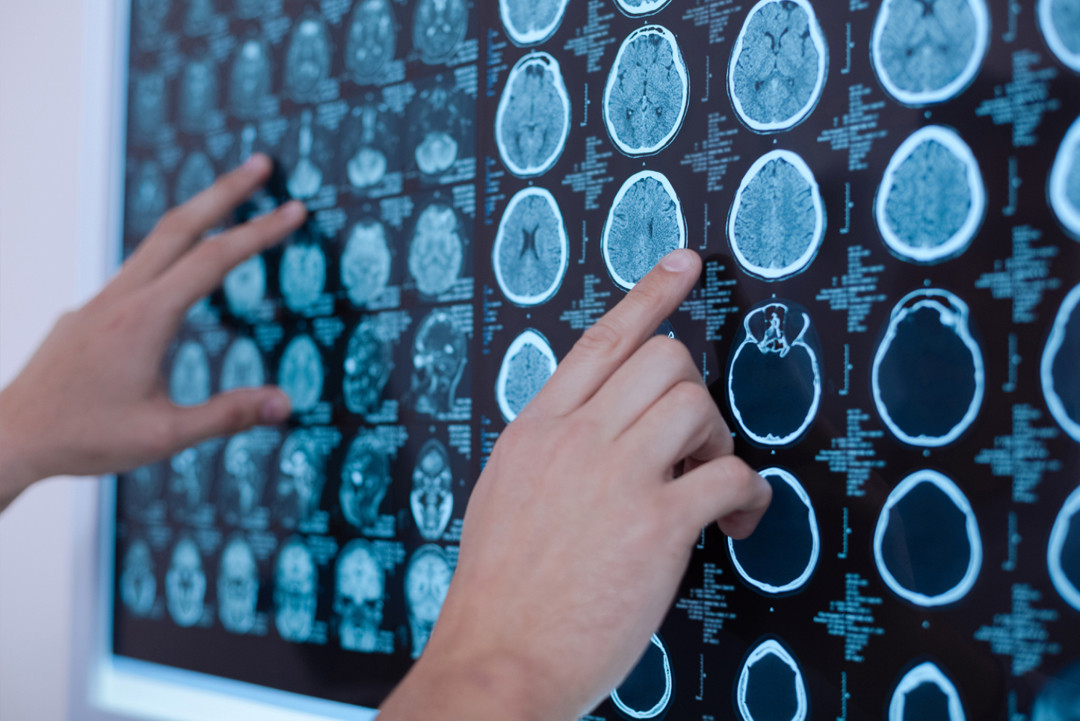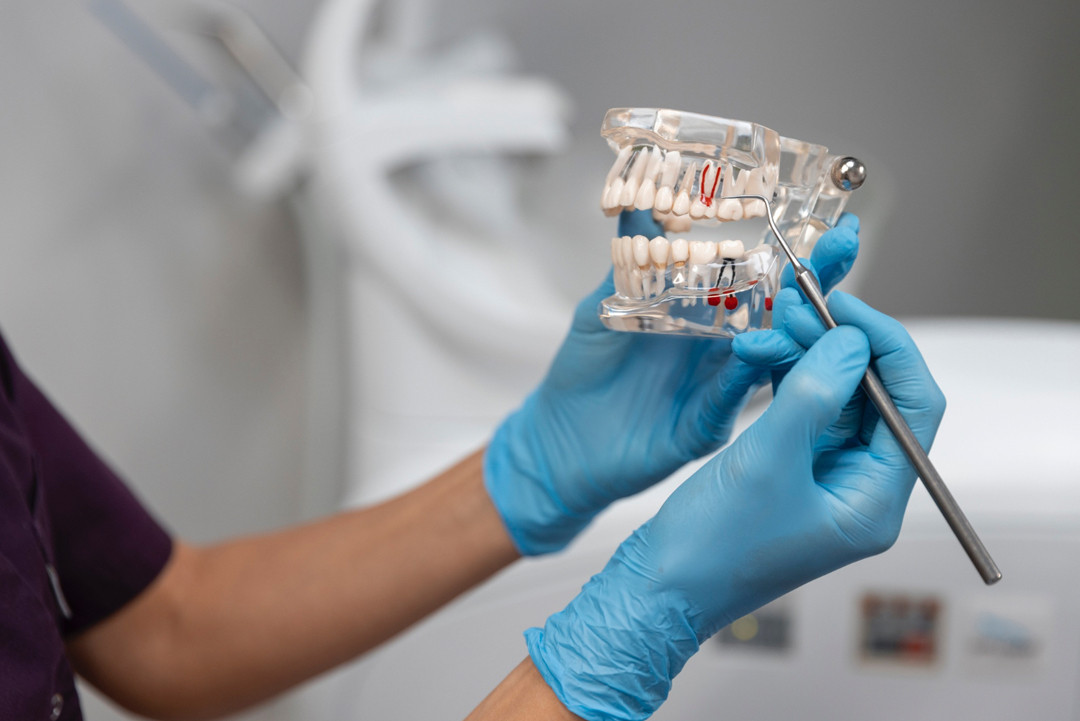Overview of Brain and Neurosurgery
Brain and Neurosurgery is a specialized medical field dedicated to diagnosing and surgically treating disorders of the nervous system. This discipline requires six years of medical education followed by five years of surgical training. The nervous system, responsible for controlling sensory functions, muscle movements, and organ activities, is divided into two parts:
- Central Nervous System (CNS): Includes the brain and spinal cord.
- Peripheral Nervous System (PNS): Comprises peripheral neurons and ganglia.
This highly specialized field addresses conditions affecting the brain, spinal cord, and other parts of the nervous system. Given its complexity, neurosurgeons undergo extensive training and develop advanced skills to perform precise surgical interventions.
Diseases Treated in Brain and Neurosurgery
The scope of Brain and Neurosurgery includes a variety of conditions requiring surgical interventions. While neurology and psychiatry manage non-surgical treatments, neurosurgeons often collaborate with these specialties for a comprehensive approach. Common conditions treated in this field include:
- Brain tumors
- Vascular disorders of the brain
- Nervous system trauma and damage
- Herniated discs
- Cerebral hemorrhage
- Spine and spinal cord injuries
- Stroke and aneurysms
- Congenital nervous system disorders (e.g., spina bifida)
Patients of all ages benefit from the expertise of Brain and Neurosurgery specialists, who employ cutting-edge techniques to treat these complex conditions.
Surgical Techniques in Brain and Neurosurgery
Neurosurgeons utilize various procedures tailored to specific conditions. Some of the key surgical techniques include:
Craniotomy
A craniotomy involves temporarily removing a section of the skull to access the brain. This technique is used for conditions such as brain tumors, intracranial hypertension, and post-traumatic hematomas. After the procedure, the removed section of the skull is typically restored.
Spinal Surgery
This category addresses spine-related conditions, including:
- Herniated discs
- Spinal cord and nerve compression
- Spinal deformities such as spina bifida
- Tumors and spinal cord diseases
Modern approaches ensure effective treatment with reduced recovery times.
Vascular Neurosurgery
This procedure focuses on disorders affecting the brain and spinal cord blood vessels. Techniques include using specialized tools such as lasers and drills to treat aneurysms, strokes, and other vascular issues.
Cerebrospinal Fluid (CSF) Shunt Placement
Used to treat hydrocephalus, this life-saving procedure involves redirecting excess cerebrospinal fluid from the brain to another part of the body. By relieving pressure, the procedure minimizes complications associated with fluid accumulation.
Stereotactic Surgery
A minimally invasive approach, stereotactic surgery uses three-dimensional coordinates and imaging techniques like CT scans or MRIs to target specific areas of the brain or body. This technique is ideal for biopsies, tumor treatment, and other precise interventions.
Recovery After Neurosurgery
Recovery from neurosurgery varies depending on the procedure and individual patient factors. Common recovery steps include:
- Hospital Stay: Depending on the complexity of the surgery, patients may need to remain hospitalized for a few days to weeks.
- Rest and Rehabilitation: Adequate rest is crucial for healing, and physical therapy may be recommended to restore strength and mobility.
- Medication Management: Pain and other symptoms are managed with prescribed medications during the recovery process.
- Follow-Up Care: Regular check-ins with the neurosurgeon ensure progress and address any complications.
Advances in Neurosurgery
Thanks to advancements in medical technology, neurosurgical procedures are now safer and more effective. Innovations such as minimally invasive techniques and improved imaging tools have significantly reduced risks and enhanced patient outcomes. Today, neurosurgery offers hope and improved quality of life for individuals facing complex neurological conditions.


















